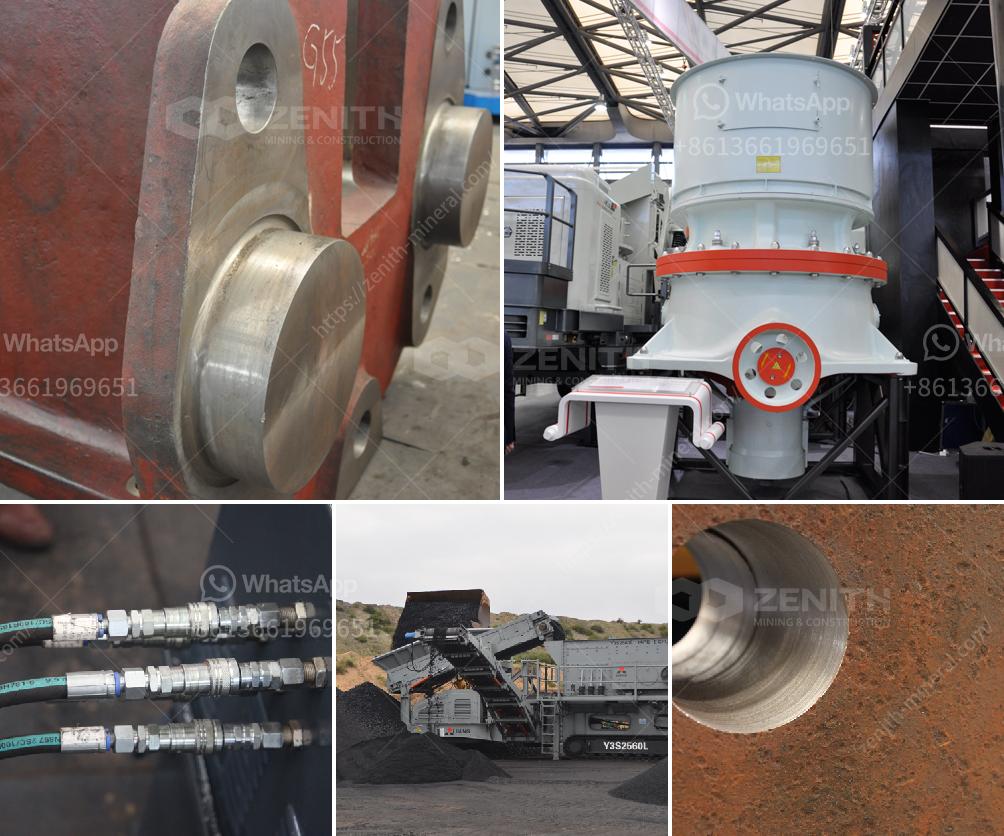Determining the horsepower (HP) required for an aggregate conveyor involves several key factors. Here's a step-by-step outline to help you calculate the required HP:
Define Parameters of Your Conveyor:
Calculate the Belt Load: Calculate the weight of the material being transported. A common method is to use the following formula:
\[ \text{Weight per unit length} = \frac{C}{V} \]
Where:
Determine the Friction Factor: This involves accounting for frictional forces in the system. Various factors contribute to this, such as the type of idlers used, the quality and lubrication of bearings, belt tension, and the type of material being conveyed. Typically, the friction factor can be found in conveyor design guides or handbooks.
Calculate the Required Power: You can use the following formula to estimate the power needed for horizontal movement:
\[ \text{Horizontal horsepower} (\text{HP}_h) = \frac{L \times W}{33,000} \]
Where:
For vertical lift, use:
\[ \text{Lift horsepower} (\text{HP}_l) = \frac{H \times M}{33,000} \]
Where:
Add Horizontal and Lift Power: Add the horsepower required for horizontal movement and lifting:
\[ \text{Total horsepower (HP)} = \text{HP}_h + \text{HP}_l \]
Include Additional Factors: Consider additional factors such as efficiency losses in the drive system (typically around 90-95% efficiency).
\[ \text{Adjusted HP} = \frac{\text{Total HP}}{\text{System Efficiency}} \]
Final Adjustment and Safety Margin: It's always wise to add a safety margin to account for unexpected loads or operational conditions. A typical margin could be 10-20%.
By following these steps and using precise measurements specific to your system, you should be able to determine the necessary horsepower for your aggregate conveyor accurately. Always refer to manufacturer guidelines and consult with an engineer when needed.
